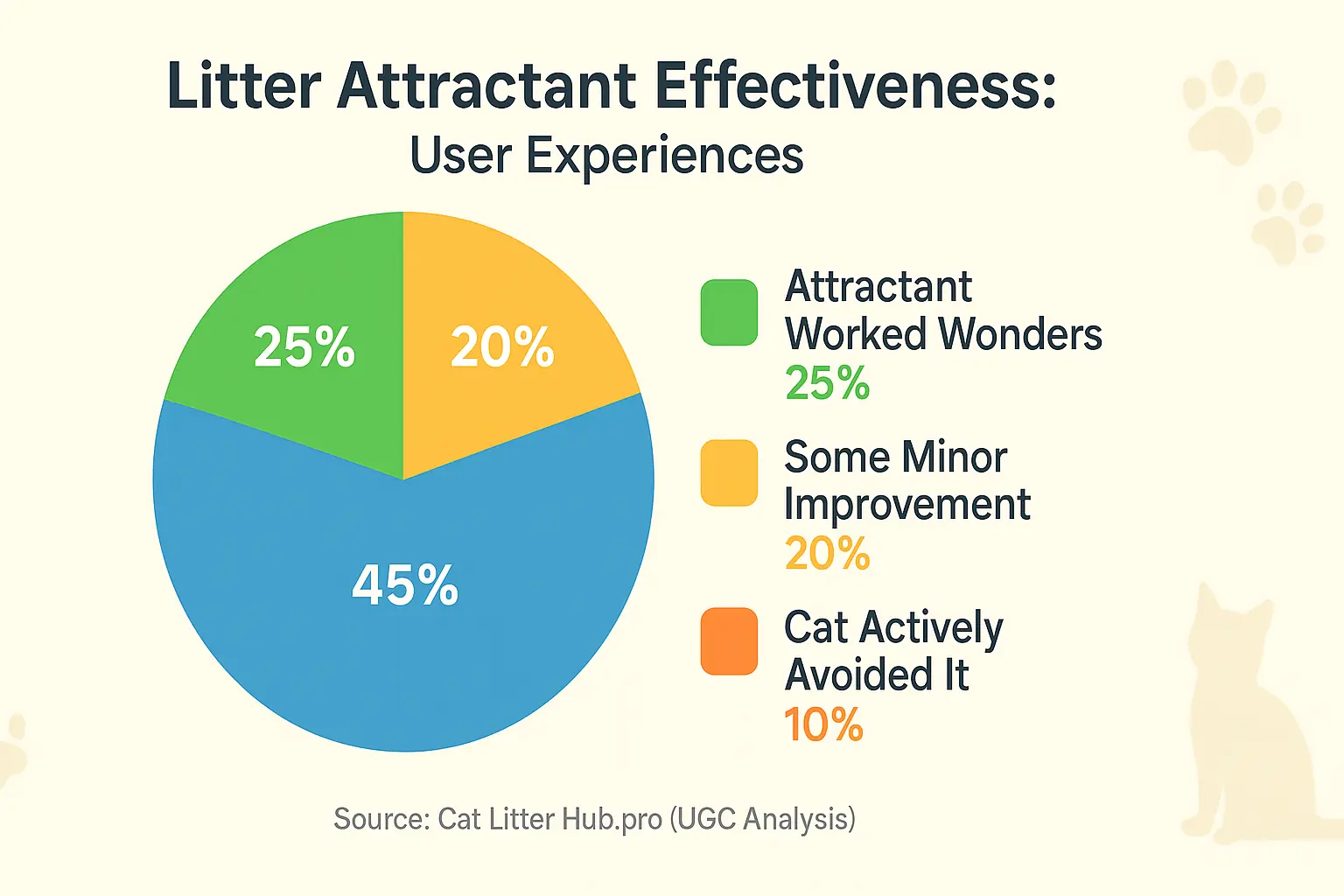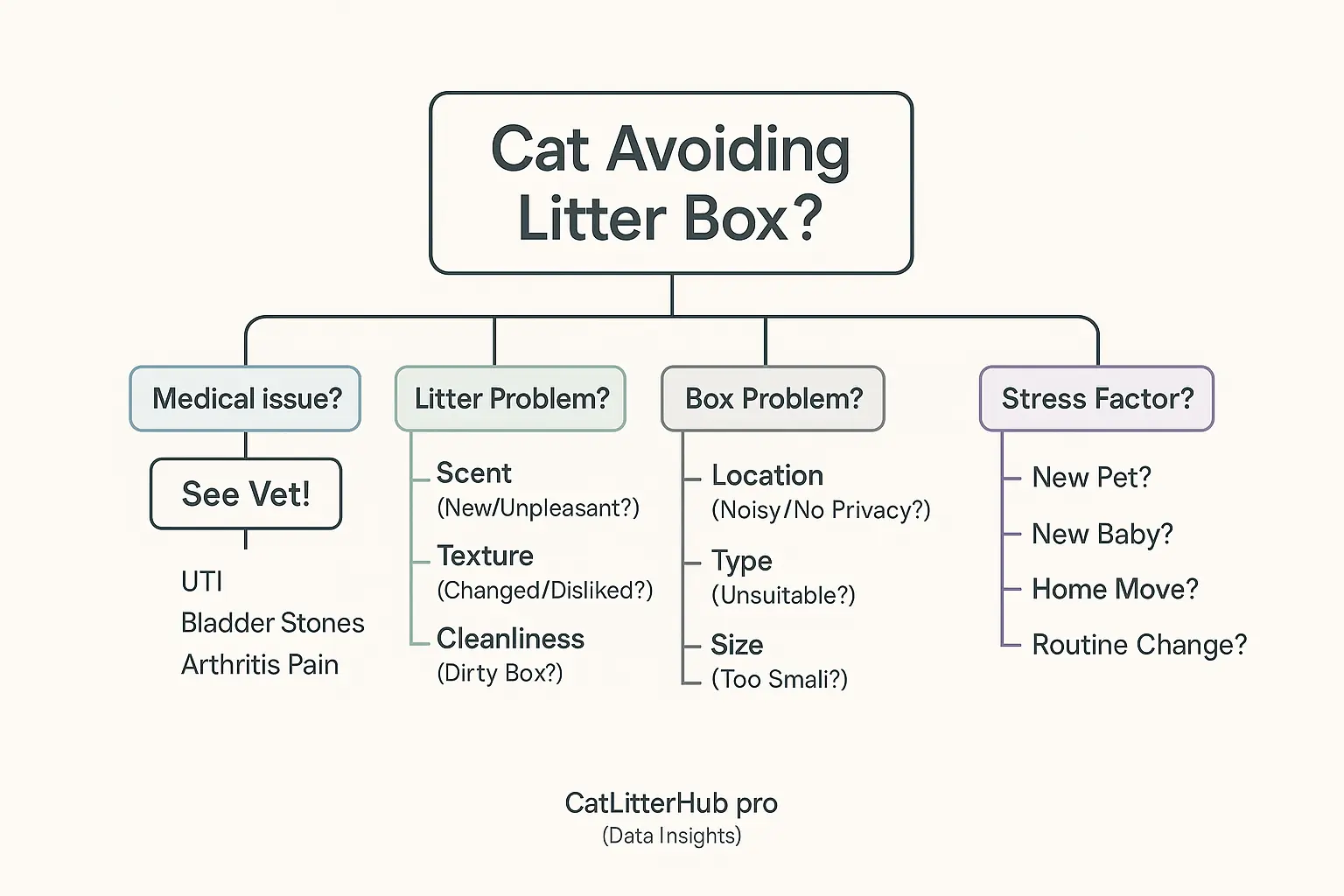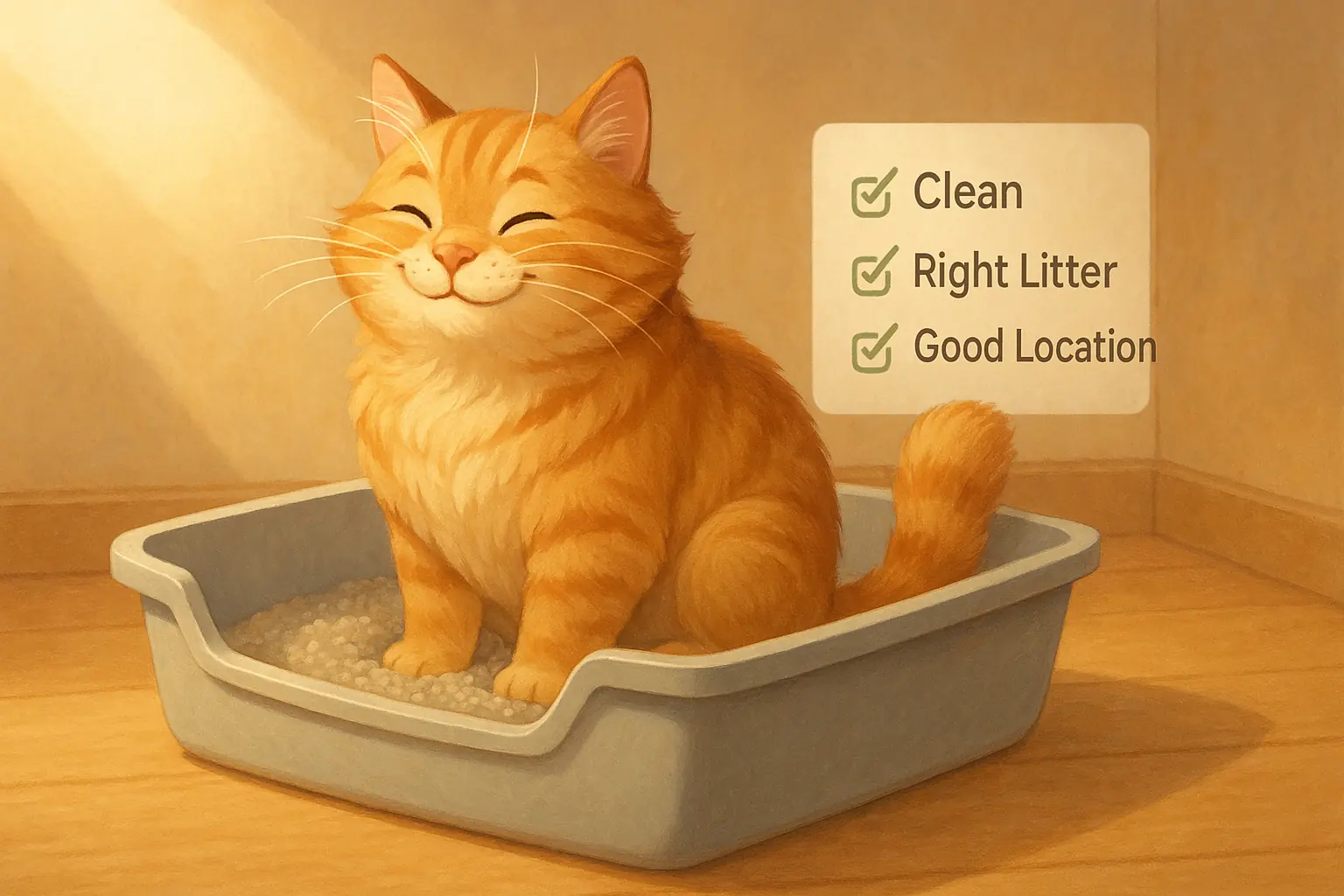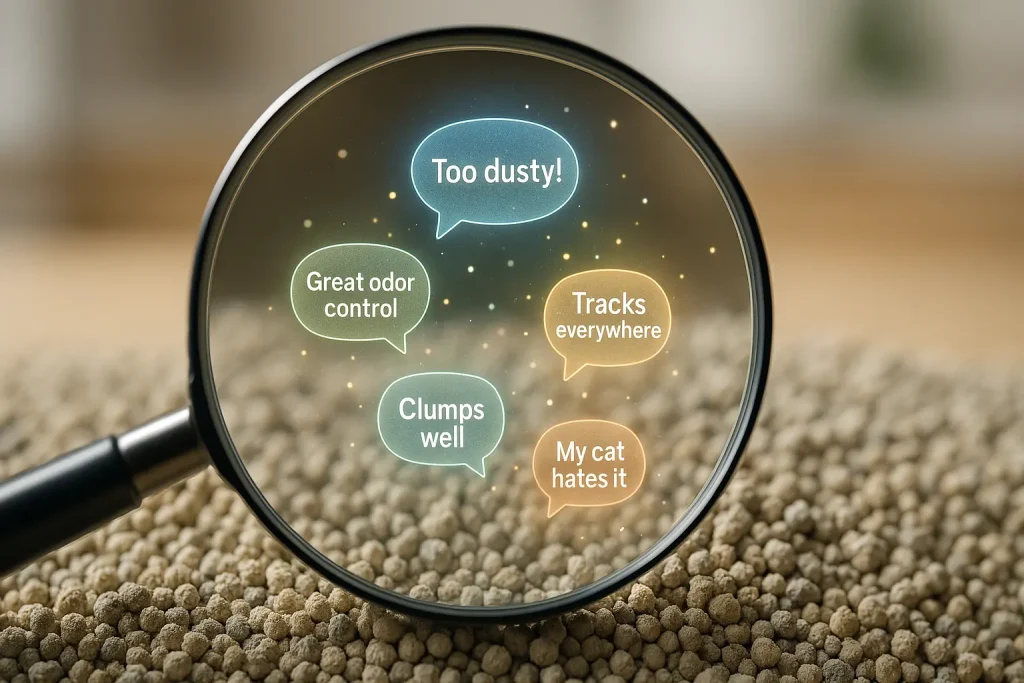The Alluring Promise: Why Owners Reach for Litter Attractants

Picture this: your beloved cat, who once used the litter box perfectly, suddenly starts treating your favorite rug as their personal toilet. Frustrating, right? That's when the desperate search for solutions begins. Shiny 'litter attractant' bottles often catch the eye. These products promise to lure your cat back to the box. Many owners, feeling overwhelmed, see them as a beacon of hope.
Manufacturers often paint these products as a magic wand. A simple sprinkle or spray, they claim, brings your cat back. Marketing materials highlight 'natural herbs'. They also tout 'scientifically formulated scents'. These elements supposedly tap into deep feline instincts. The promise is powerful: an easy fix for a stressful problem.
You will find a whole shelf of options in stores. Some attractants boast of ancient herbal blends. Others hint at secret pheromone-mimicking formulas. Specific plant extracts, like catnip or valerian, sometimes appear in ingredient lists. The core idea remains consistent. Their goal? Make the litter box utterly irresistible to your cat.
The User Reality Check: Do Litter Attractants Actually Work? (UGC Deep Dive)

So, you've seen the ads. But what happens when the attractant meets the actual cat? Our deep dive into thousands of user reviews paints a... complicated picture. User experiences diverge. Greatly. Many cat owners search for a simple fix for out-of-box issues.
Some owners report a night-and-day difference. Their once-reluctant cat suddenly uses the box. Like a champ. For these folks, attractants feel like a lifesaver. We've seen comments like, "Sprinkled it in, and Fluffy went right in!" These successes often involve cats with minor, unexplained aversions.
However, a significant, perhaps even larger, group of users sees... nothing. Zilch. Nada. Their cats sniff the 'irresistible' powder. Then they walk away. Often to that same spot on the rug. The disappointment in these reviews is palpable. Many users try multiple brands with no change in feline behavior.
The takeaway from countless owner experiences? Attractants are a gamble. What works for one cat might be completely ignored by another. Underlying medical issues or severe stress often render attractants useless. There's rarely a one-size-fits-all magic powder. Individual cats decide.
When Attractants Fail: Uncovering the Real Reasons Your Cat Avoids the Box

Okay, so the attractant didn't work. Now what? More often than not, the problem isn't that the litter isn't 'attractive' enough. It's usually something deeper.
User forums share many experiences. A sudden aversion often signaled a hidden medical issue. These issues included UTIs or bladder stones. Sometimes arthritis made box entry painful. A vet check is ALWAYS the first step users recommend if the behavior is new.
Then there's the obvious, but often overlooked: the litter itself. Is it a new type or scent your cat hates? Is the box cleaned often enough? Cats are fastidious. A dirty box is a huge turn-off, users confirm time and again.
And don't forget stress. A new pet, a new baby, or a move can unsettle sensitive cats. Even a change in your routine often causes issues. The box location itself might be the culprit. Users frequently report problems with noisy spots or lack of privacy.
Beyond the Hype: Smarter, User-Approved Strategies for Litter Box Acceptance

So, if attractants are a long shot, what DOES work? Thankfully, the collective wisdom of cat owners offers plenty of smarter strategies. Many cat parents discover effective methods. These approaches focus on your cat's actual needs. Real solutions often involve simple, consistent changes to the environment or routine.
Users consistently emphasize finding the right litter for your cat. This often means unscented, fine-grained clay. Offering a 'litter buffet' with different types in separate boxes can reveal true preferences. What about the box itself? Many owners say make it big. Most cats clearly prefer open tops; they often dislike hoods. The N+1 rule for box numbers is a community guideline many follow successfully: one box per cat, plus one extra.
Daily scooping is non-negotiable. Experienced owners almost universally agree on this critical step. A full litter change and box wash should occur weekly or bi-weekly, based on user reports. What happens when your cat uses the box correctly? Gentle praise helps. A tiny, special treat can also work wonders, users suggest, reinforcing positive behavior.
Environmental stress sometimes impacts litter box habits. Creating a calmer home helps many cats feel more secure. Some owners report success with calming pheromone diffusers in these situations. If problems persist, consulting a vet behaviorist is a path some users found beneficial for complex cases. The key, many experienced voices say, is always patience. And careful observation of your cat's behavior.
Our Verdict: Litter Attractants – A Last Resort, Not a First Fix
So, what's the final word on litter attractants from Cat Litter Hub? Our synthesis of thousands of owner experiences indicates they are rarely the miracle cure. Marketing promises often outpace real-world effectiveness. Consider attractants a Hail Mary pass. Not your opening play.
Your best strategy, as countless cat parents have discovered, involves thorough investigation. You need to determine why your cat avoids the litter box. Addressing that core issue—be it medical, stress-related, or a problem with the litter or box itself—typically solves the aversion for good. This is a consistent theme in user reports.
Litter attractants might provide a very slight nudge in extremely specific, limited scenarios, perhaps when combined with other positive changes. But relying on them as a primary fix? The collective voice of users suggests that approach frequently leads to frustration. And often, wasted money.






